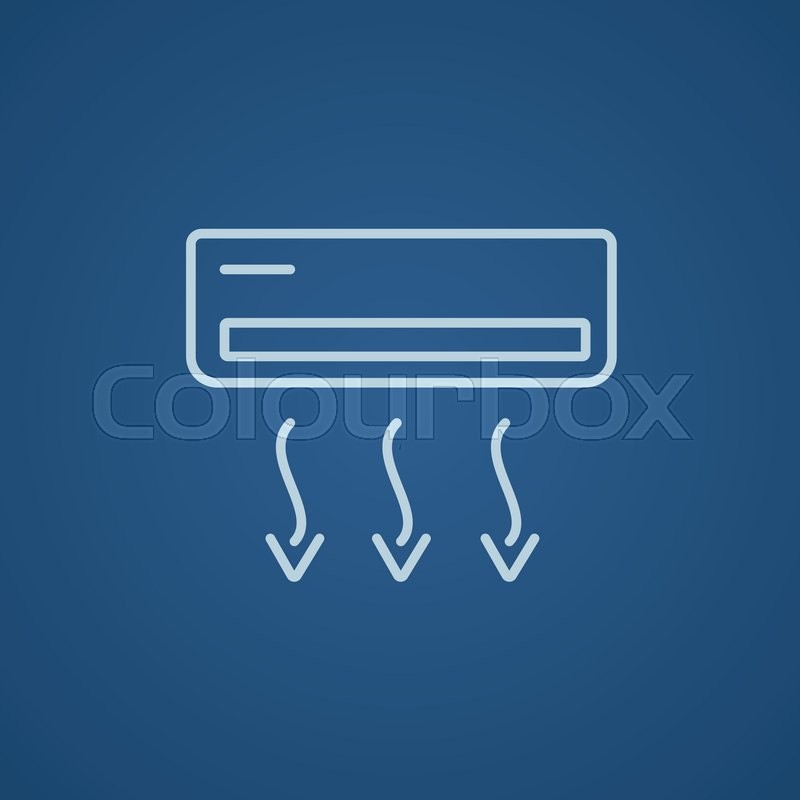The Ultimate Overview To Comprehending Heat Pumps - How Do They Work?
The Ultimate Overview To Comprehending Heat Pumps - How Do They Work?
Blog Article
Content Create By-Roy Hemmingsen
The most effective heat pumps can save you substantial amounts of money on energy bills. They can also help in reducing greenhouse gas exhausts, specifically if you use electrical power in place of fossil fuels like gas and home heating oil or electric-resistance heating systems.
navigate to this site do. This makes them a feasible alternative to standard electric home furnace.
Just how They Function
Heatpump cool homes in the summer season and, with a little assistance from electrical power or gas, they offer some of your home's home heating in the winter. They're a good option for individuals that intend to minimize their use of nonrenewable fuel sources however aren't prepared to replace their existing heater and cooling system.
They count on the physical fact that also in air that appears also cold, there's still energy present: warm air is constantly relocating, and it wants to move into cooler, lower-pressure environments like your home.
The majority of power STAR accredited heat pumps operate at close to their heating or cooling ability throughout a lot of the year, reducing on/off cycling and saving energy. For the best performance, concentrate on systems with a high SEER and HSPF rating.
The Compressor
The heart of the heat pump is the compressor, which is also called an air compressor. This mechanical streaming tool utilizes potential energy from power development to enhance the stress of a gas by lowering its quantity. It is various from a pump in that it just deals with gases and can't work with fluids, as pumps do.
please click the next website page gets in the compressor through an inlet valve. It circumnavigates vane-mounted arms with self-adjusting length that split the inside of the compressor, creating numerous tooth cavities of differing dimension. The blades's spin forces these tooth cavities to move in and out of stage with each other, compressing the air.
The compressor attracts the low-temperature, high-pressure refrigerant vapor from the evaporator and compresses it into the warm, pressurized state of a gas. This process is duplicated as required to provide heating or air conditioning as called for. The compressor likewise includes a desuperheater coil that reuses the waste heat and includes superheat to the cooling agent, transforming it from its fluid to vapor state.
The Evaporator
The evaporator in heatpump does the exact same thing as it performs in fridges and ac system, altering liquid refrigerant into an aeriform vapor that eliminates warmth from the space. Heatpump systems would not function without this crucial piece of equipment.
This part of the system is located inside your home or building in an indoor air trainer, which can be either a ducted or ductless unit. It includes an evaporator coil and the compressor that presses the low-pressure vapor from the evaporator to high pressure gas.
Heat pumps soak up ambient heat from the air, and then make use of power to move that heat to a home or business in home heating setting. That makes them a great deal extra energy reliable than electric heaters or furnaces, and because they're utilizing clean electricity from the grid (and not melting gas), they likewise generate far fewer emissions. That's why heat pumps are such excellent ecological choices. (Not to mention a substantial reason they're becoming so prominent.).
The Thermostat.
Heatpump are excellent options for homes in cool climates, and you can use them in mix with conventional duct-based systems or perhaps go ductless. They're a terrific alternative to fossil fuel heating systems or standard electrical heaters, and they're much more sustainable than oil, gas or nuclear cooling and heating devices.
Your thermostat is one of the most important element of your heat pump system, and it works extremely in different ways than a traditional thermostat. All mechanical thermostats (all non-electronic ones) job by utilizing materials that change size with boosting temperature, like coiled bimetallic strips or the broadening wax in a car radiator shutoff.
These strips consist of two various kinds of metal, and they're bolted together to develop a bridge that completes an electric circuit connected to your a/c system. As the strip gets warmer, one side of the bridge expands faster than the various other, which causes it to flex and signal that the heater is required. When the heat pump is in heating setting, the reversing shutoff reverses the circulation of refrigerant, so that the outside coil now functions as an evaporator and the interior cyndrical tube becomes a condenser.